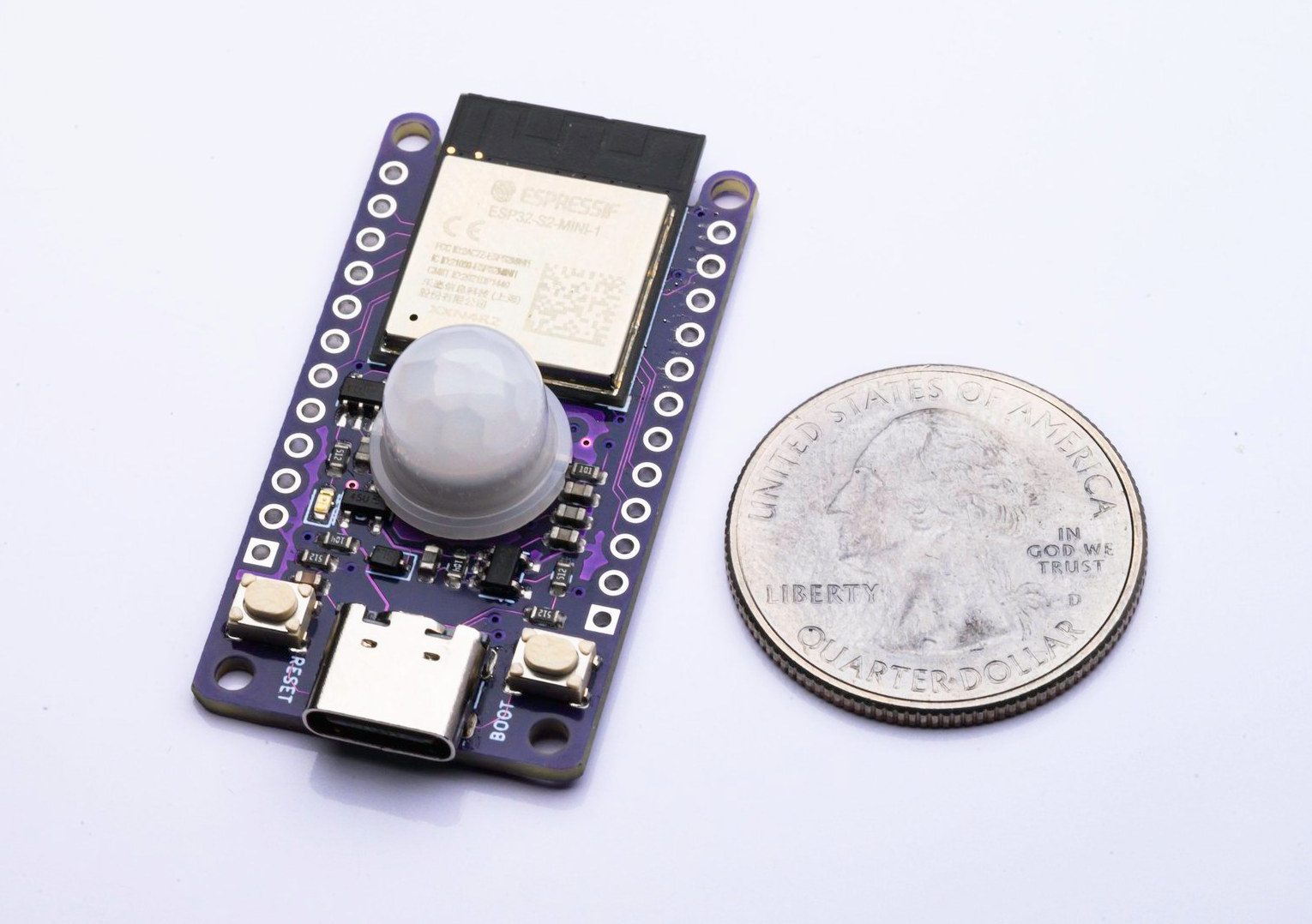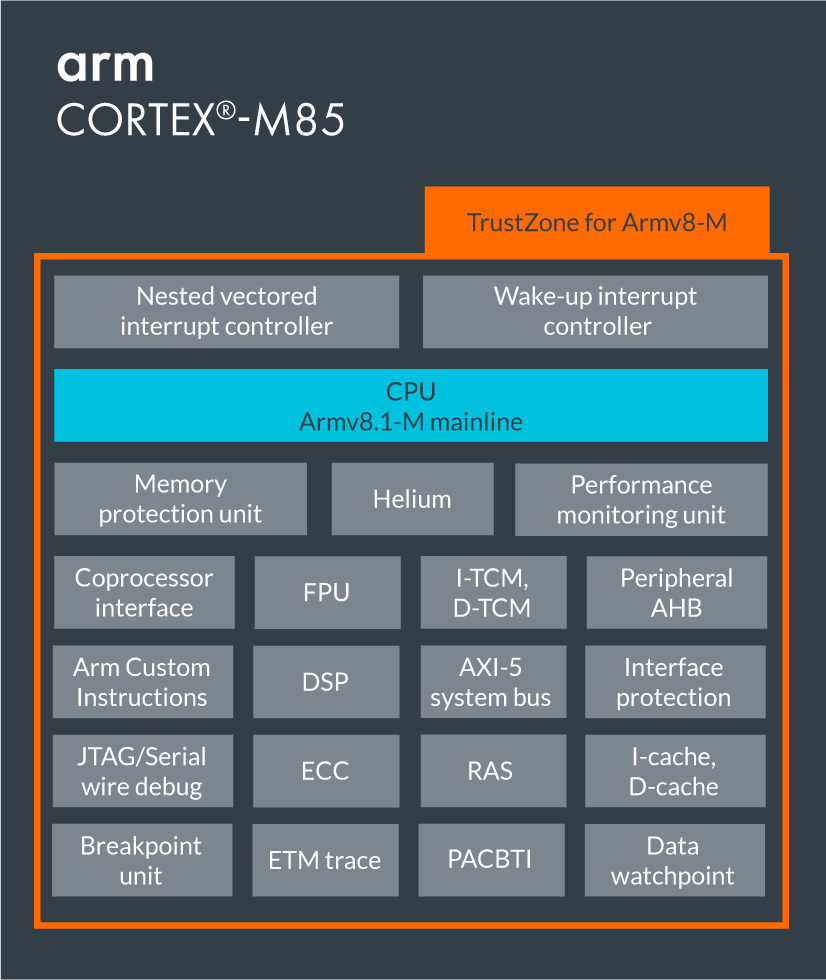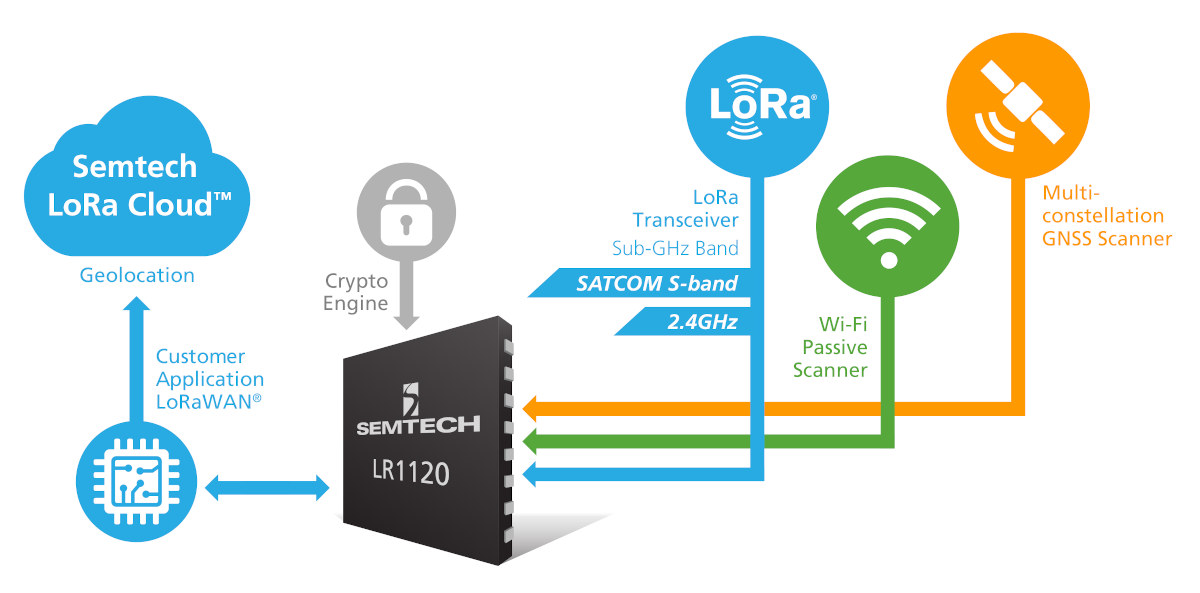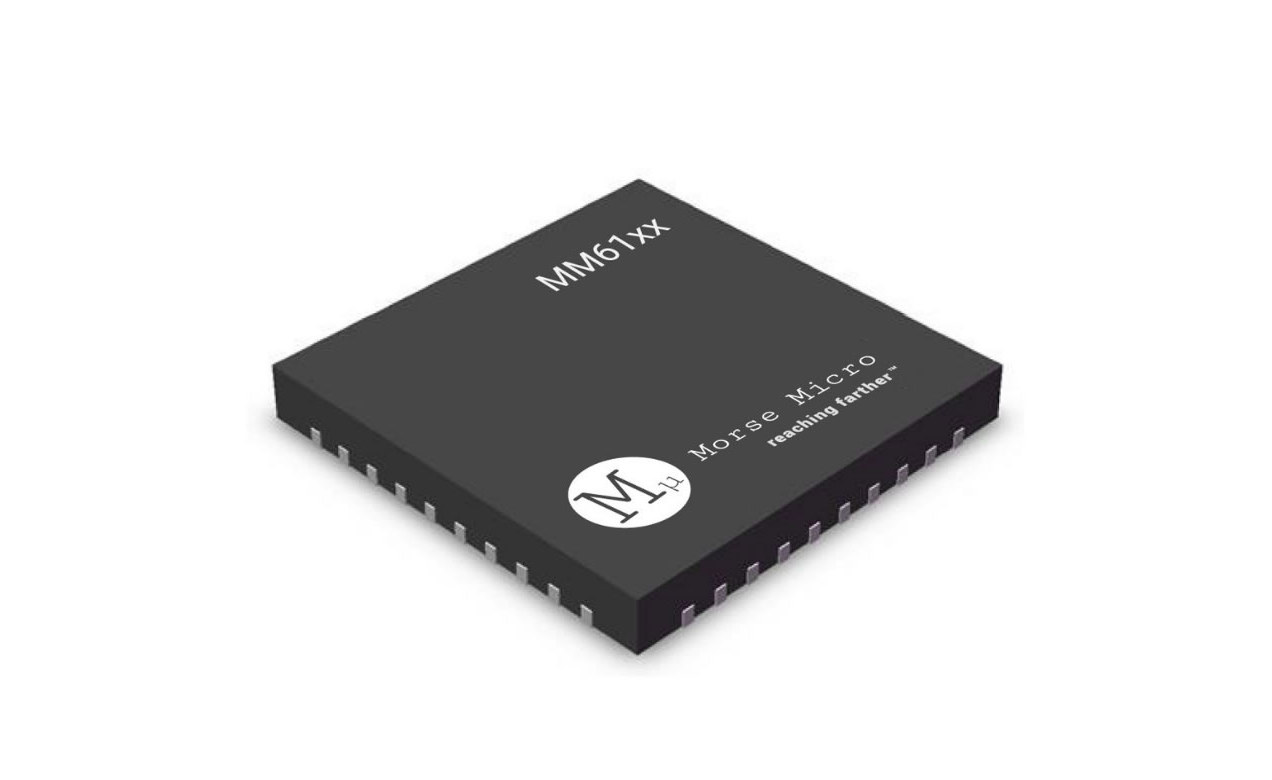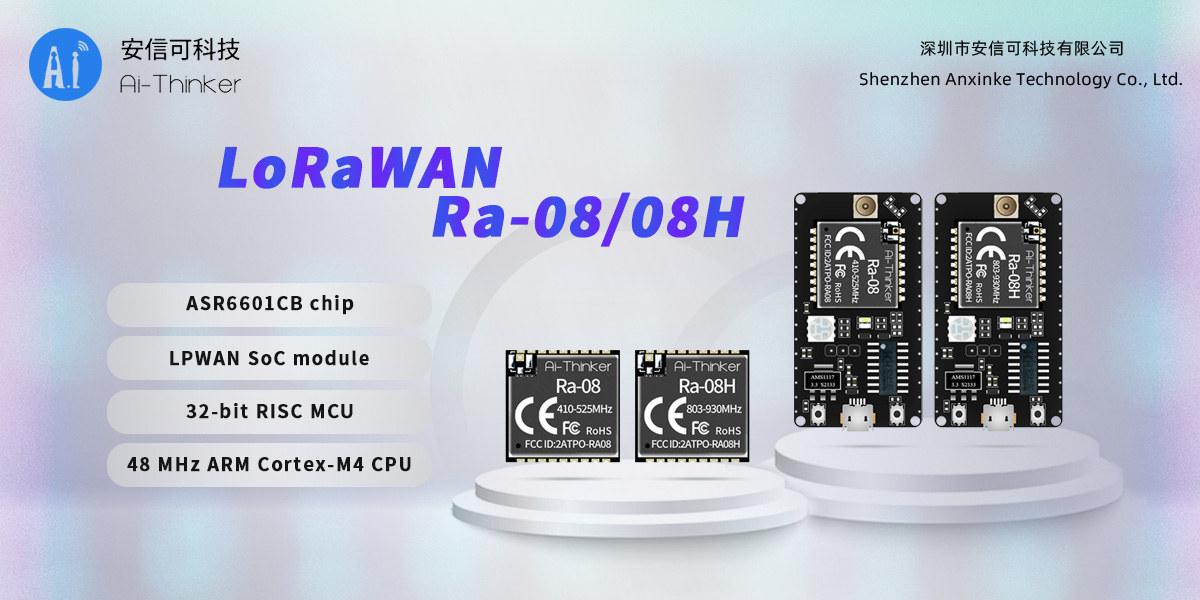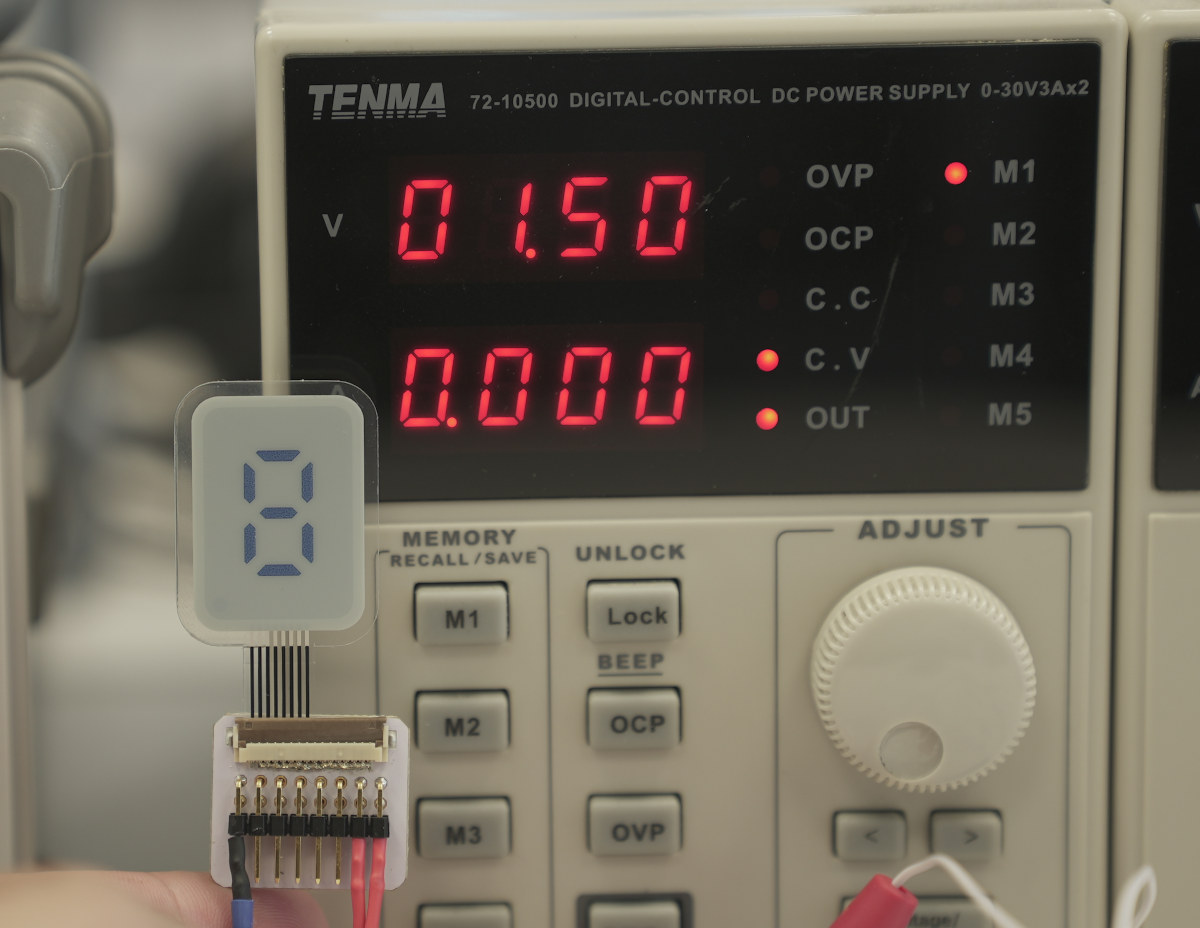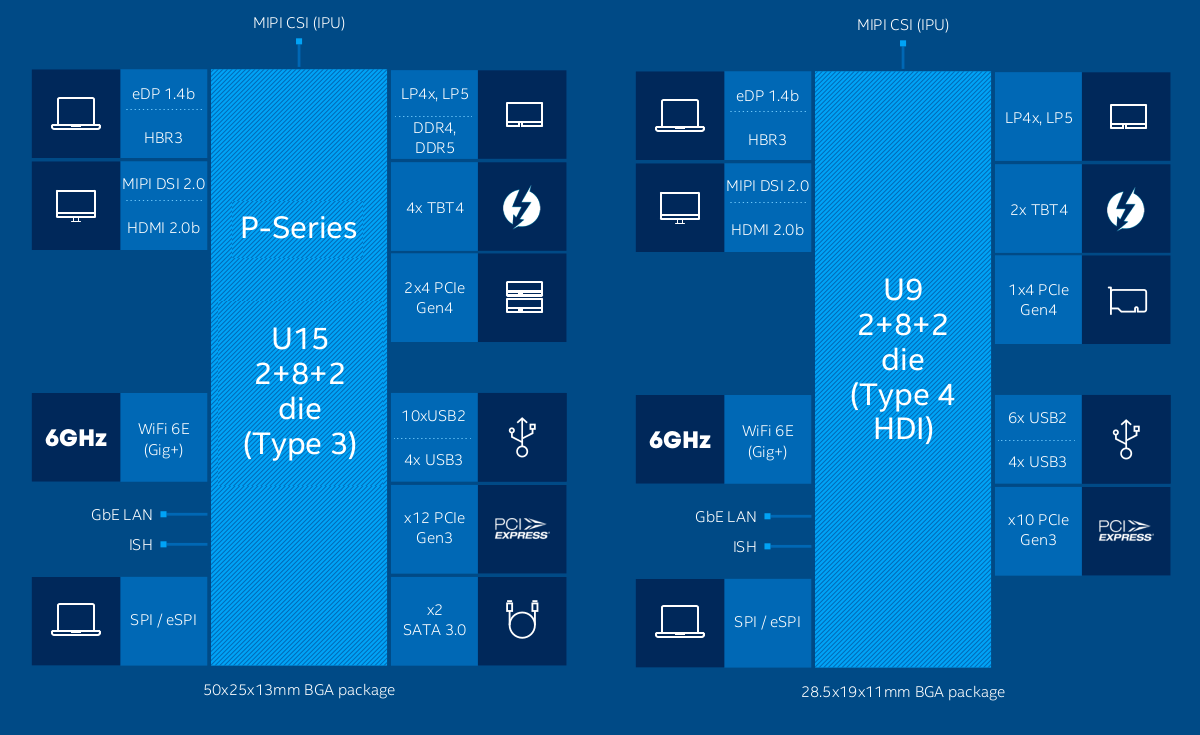Smart Bee Designs’ Bee Motion is an ESP32-S2 board with a PIR motion sensor, some GPIOs for expansion, and promising over a year of battery life under the right circumstances. If the name “Bee Motion” rings a bell, it’s because we covered the Bee Motion Mini board last month with an ESP32-C3 processor and a PIR sensor, but no USB port for programming and no expansion ability. It was just designed to be used as a battery-powered wireless PIR motion sensor. The Bee Motion expands the use cases of the solution, although it only features WiFi connectivity, and loses Bluetooth LE. Bee Motion specifications: Wireless module – Espressif ESP32-S2-MINI-1 module with Espressif ESP32-S2FH4 single-core 32-bit LX7 microcontroller @ up to 240 MHz, RISC-V ultra-low-power co-processor, 320 kB SRAM, 128kB ROM, 2.4 GHz WiFi 4 connectivity, 4MB flash, PCB antenna PIR sensor – Passive infrared motion sensor with dome lens, 5-meter […]
Arm Cortex-M85 is faster than Cortex-M7, offers higher ML performance than Cortex-M55
Arm has introduced a new MCU-class core with the Cortex-M85 core that offers higher integer performance than Cortex-M7, and higher machine learning performance compared to Cortex-M55 equipped with Helium instructions. The new Cortex-M85 core is designed for developers requiring increased performance for their Cortex-M powered products without going to Cortex-A cores, and instead, keeping important features such as determinism, short interrupt latencies, and advanced low-power management modes found in all Cortex-M cores. Arm Cortex-M85 key features and specifications: Architecture – Armv8.1-M Performance efficiency – 6.28 CoreMark/MHz and 3.13/4.52/8.76DMIPS/MHz (1. “ground rules” in the Dhrystone documentation, 2. inlining of functions, 3. simultaneous (”multi-file”) compilation). Bus interfaces AMBA 5 AXI 64-bit Main system bus (compatible with AXI4 IPs) AMBA 5 AHB 32-bit Peripheral bus AMBA 5 AHB 64-bit TCM Access bus (subordinate port) Pipeline – 7-stage (for main integer pipeline) Security Arm TrustZone technology PACBTI extension (Pointer Authentication, Branch Target Identification) helps […]
Semtech LR1120 enables global asset tracking with multi-band LoRa, WiFi, and GNSS
Semtech LoRa Edge LR1120 is an ultra-low-power multi-band chip designed for global geolocation and asset tracking applications including direct satellite-connected Internet of Things (IoT) applications in supply chain management and logistics. Not only does the LR1120 features the usual sub-GHz LoRa radio found in most other chips from the company, but also comes with 2.4GHz LoRa and SATCOM S-Band support for satellite, as well as a GNNS radio compatible with GPS and Beidou, and a WiFi radio for indoor positioning (but no WiFi RTT/802.11mc support). Semtech LR1120 key features and specifications: Low-power high-sensitivity LoRa/(G)FSK half-duplex RF transceiver Worldwide ISM frequency bands support in the range 150 – 960MHz (Sub-GHz) and 2.4GHz, as well as 1.9-2.1GHz (S-Band) Low Noise Figure RX front-end High power PA path +22dBm in the Sub-GHz band Up to +11.5dBm in the 2.4GHz band LR-FHSS modulator Integrated PA regulator supply selector to simplify dual power +15/+22dBm with […]
Morse Micro MM6104, MM6108 Wi-Fi HaLow SoCs support up to 32.5 Mbps data rate
Australian company Morse Micro MM6104 and MM6108 Wi-Fi HaLow SoCs should offer some competition to the Newracom NRC chips found in all 802.11ah WiFi HaLow boards and devices released so far. Both MM610x chips have similar features, but the MM6104 SoC supports 1/2/4 MHz channel bandwidth for up to 15 Mbps data rate – just like the Newracom NRC7292 chip – while the more powerful MM6108 can handle a data rate of up to 32.5 Mbps thanks to 1/2/4/8 MHz channel bandwidth. MM6104/MM6108 specifications: Optional 32-bit RISC-V Host Applications Processor (HAP) Single-Chip IEEE802.11ah Wi-Fi HaLow transceiver for low-power, long-reach IoT applications Worldwide Sub-1 GHz frequency bands (850MHz to 950MHz) On-chip power amplifier with support for external PA option MM6104 – 1/2/4 MHz channel bandwidth for up to 15 Mbps data rate (Note: the datasheet reads “single-stream max data rate up to 40 Mbps”, but it appears to be a mistake […]
Ai-Thinker Ra-08 LoRaWAN module features ASR6601 chip (Sponsored)
Ai-Thinker Ra-08/08H are new LoRaWAN modules based on ASR Microelectronics ASR6601 module featuring a 48MHz ARM Cortex M4 microcontroller and Semtech SX1262 transceiver allowing long-range, low power communication for the Internet of Things. Both LoRaWAN modules share most of the same specifications, but the Ra-08 module operates in the 410-525MHz frequency band, while the Ra-08H module works in the widely used 803MHz to 930MHz band. Ai-Thinker also provides a development kit for each module. Ai-Thinker Ra-08/Rs-08H key features and specifications: Programmable embedded Arm Cortex-M4 MCU with 128 KB of Flash and 16 KB of SRAM LoRa radio Sensitivity – -138 dBm @ SF12/125KHz Tx power – Up to +22dBm Frequencies Ra-08 – 410 MHz to 525 MHz Ra-07H – 803 MHz to 930 MHz Spread spectrum factor – SF5, SF6, SF7, SF8, SF9, SF10, SF11, SF12 LoRa, (G)FSK, BPSK, and (G)MSK modulation Bit rate up to 62.5 Kbps in LoRa […]
Ultra-low power printed flexible E-paper displays work with Arduino
Ynvisible Interactive will soon release upgrades to their printed flexible E-paper displays that consume 50% less energy per switch and can last 10 longer when switched on and off, with the company claiming to offer the lowest energy-consuming displays in the e-paper industry. Those displays are mostly used in specific industries such as digital signage, smart monitoring labels, authenticity & security, and retail. While we have very little information about the new upgrades, I’ve noticed the company is offering a development kit with several “ultra-low-power, thin and flexible Segment E-Paper Displays”, so let’s have a look. Here are some of the specifications of the displays part of the kit: White Reflectance – 40% Contrast Ratio (Yb/Yd) – 1:3 Angle Dependency – No, lambertian Thickness – 300 μm (0.3 mm) Graphical layout – Segments with 1mm to 100mm dimensions Response time – 100-1000 ms Driving voltage – 1.5 V (direct drive) […]
Intel launches Alder Lake P-Series and U-Series mobile hybrid processors
Intel first unveiled the most powerful Alder Lake H-Series last year before the launch in January, and also introduced Alder Lake-S desktop IoT processors and Alder Lake U-Series and P-Series mobile IoT SoCs in early January. But now the company has announced the launch of the Alder Lake P-Series (28W) and U-Series (9W and 15 PBP) 12th generation mobile processors designed for “thin-and-light” laptops which should become available around March 2022. The block diagram of the 28W P-Series and 15W U-Series (source: product brief from Intel) shows both offer the same interfaces including eDP 1.4b, HDMI 2.0b, 2x PCIe Gen4, 12x PCIe Gen3, 2x SATA… and the same 50x25x12mm BGA package. But the 9W U-Series comes in a cost-optimized 28.5x19x11mm BGA package that does without SATA interfaces, a lower number of PCIe Gen3 interfaces (10 vs 12), USB 2.0 interfaces (6 vs 10), Thunderbolt 4 interfaces (2 vs 4), and […]
Silicon Witchery S1 module combines nRF52811 Bluetooth SoC with Lattice iCE40 FPGA
Sweden-based Silicon Witchery S1 is a tiny module combining Nordic Semi nRF52811 Bluetooth LE SoC with Lattice Semi iCE40 FPGA designed for battery-powered applications leveraging DSP and machine learning (ML) at the edge. The S1 module features just four key components in a tiny 11.5 x 6 mm form factor and targets applications requiring “demanding” algorithms while consuming as little energy as possible. Silicon Witchery S1 module specifications: MCU – Nordic Semi nRF52811 Arm Cortex-M4 MCU @ 64 MHz with Bluetooth 5.2 support including Long Range, Thread support. FPGA – Lattice Semi iCE40 FPGA with 5k LUT and DSP blocks. Storage – 32 Mbit flash storage. Integrated antenna, passives, and crystals. I/Os – 20x castellated holes with 8x FPGA IO include I3C, I2C, SPI, and USB. 2x nRF GPIO pins with ADC and low power wake. SWD pins for debugging Power Supply Lithium battery charging and monitoring. 3x adjustable Vout […]


